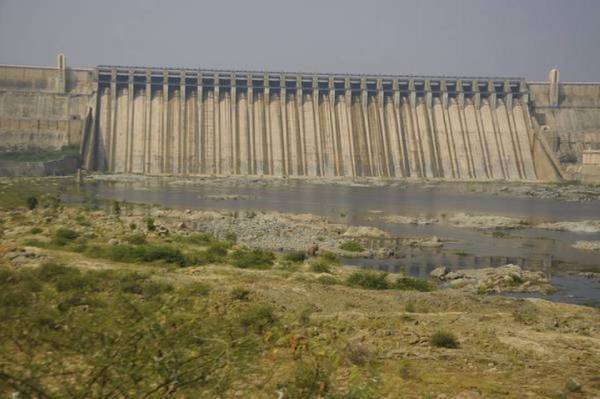In Hindu Rashtra, lakes and ponds will be created and used instead of the dams!

New York (U.S.A.) – According to the latest UN report, most of the 58,700 large dams worldwide were constructed between 1930 and 1970 with a design life of 50 to 100 years. Dams begin to show signs of ageing after 50 years. These include increasing cases of dam failures, progressively increasing costs of dam repair and maintenance, increasing reservoir sedimentation, and loss of a dam’s functionality and effectiveness. By 2050, most people on Earth will live in the impact area of the dams. This report was based on dams surveyed in the United States, France, Canada, India, Japan, Zambia, Zimbabwe, etc.
Most of the world's 58,700 biggest dams are crumbling and could release enough water to fill the Grand Canyon TWICE, report warns https://t.co/Hg0lZkfnRW
— Daily Mail Online (@MailOnline) January 23, 2021
United Nations’’s Canada-based ‘Institute for Water, Environment and Health’ prepared the report titled ‘Ageing water infrastructure: An emerging global risk’. According to this report, majority of the dams have either crossed their life span or are on the verge of it.
(Courtesy: Kaumudy English)
The report claims:
- There are over 1,115 large dams in India, that will be roughly 50 years old in 2025. These dams along with many other dams in the world would prove to be a threat.
- The large dams in the world hold approximately between 7,000 – 8,300 cubic kilometres of water (About 80% of Canada’s land). 93% of large dams in the world are located in just 25 countries.
- The report said that 32,716 large dams (55% of the world’s total) are found in just four Asian countries: China, India, Japan, and South Korea.


 “With the hope to get justice regarding current situation, we have filed this case” : Anwaruzzaman Chaudhury
“With the hope to get justice regarding current situation, we have filed this case” : Anwaruzzaman Chaudhury Trump open to become a Third time President
Trump open to become a Third time President White People Should Leave Canada and Return to Europe : Khalistan Supporter’s Video Goes Viral
White People Should Leave Canada and Return to Europe : Khalistan Supporter’s Video Goes Viral Massive rally of thousands of Hindus held in Chittagong, Bangladesh
Massive rally of thousands of Hindus held in Chittagong, Bangladesh Donald Trump picks Tulsi Gabbard for the director of the US National Intelligence
Donald Trump picks Tulsi Gabbard for the director of the US National Intelligence 90% of the Bangladeshi population is Muslim, hence, remove the word ‘secularism’ from the Constitution
90% of the Bangladeshi population is Muslim, hence, remove the word ‘secularism’ from the Constitution